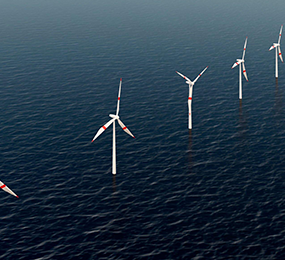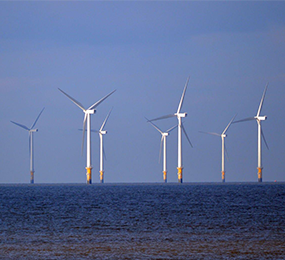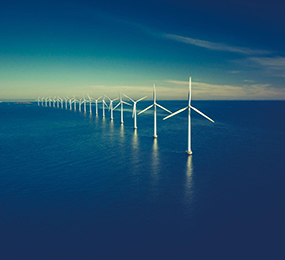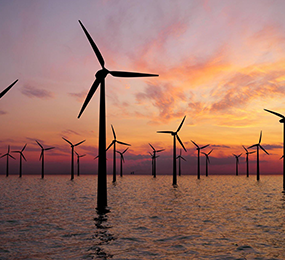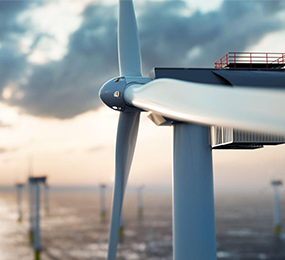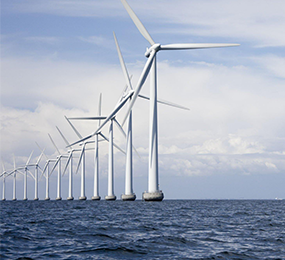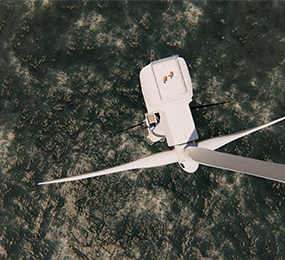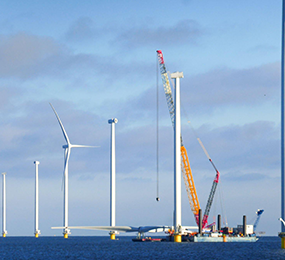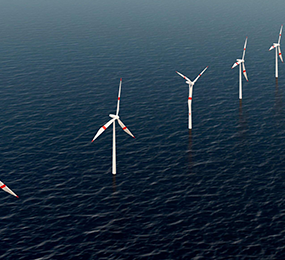Sailing Towards Sustainability: The Circular Economy in Floating Wind
As the renewable energy sector propels towards sustainability, the circular economy is taking center stage in floating wind projects. This essay explores how recycling and reusing components contribute to the environmental stewardship and longevity of floating wind energy structures.
Recycling Components:
Floating wind turbines consist of various materials, from metals to composites. Embracing the circular economy involves efficiently recycling these materials at the end of a turbine's life cycle. Technologies for recycling blades, tower structures, and foundation materials are crucial for minimizing environmental impact.
Reusing Components:
Extending the life of components through refurbishment and repurposing is another facet of the circular economy. This involves assessing the condition of components, particularly those with longer life spans, and integrating them into new projects. This not only reduces waste but also optimizes resource utilization.
Environmental Impact and Longevity:
Implementing circular economy principles in floating wind mitigates the environmental footprint of these structures. Recycling and reusing components contribute to reducing waste, energy consumption, and raw material extraction, aligning with broader sustainability goals.
The circular economy is steering the floating wind industry towards a more sustainable future. By recycling and reusing components, these projects not only harness wind energy efficiently but also champion environmental responsibility.
Visit our website to know more: https://www.leadventgrp.com/events/4th-annual-floating-wind-europe/details
For more information and group participation, contact us: [email protected]
Leadvent Group - Industry Leading Events for Business Leaders!
www.leadventgrp.com| [email protected]


